
Microbial Genetics
Prof. Dr. Mohammad Alfaham
Dept. of Microbiology
Baghdad medical College

Objectives:
1. Explain the mechanism beyond bacterial antibiotic resistance and
virulence
2. Outline the factors responsible for bacterial resistance
3.Understand how to control the bacterial resistance of antibiotics and its
action

The Structure and Replication of Genomes
Genome – the entire genetic complement of an
organism

The Structure of Nucleic Acids
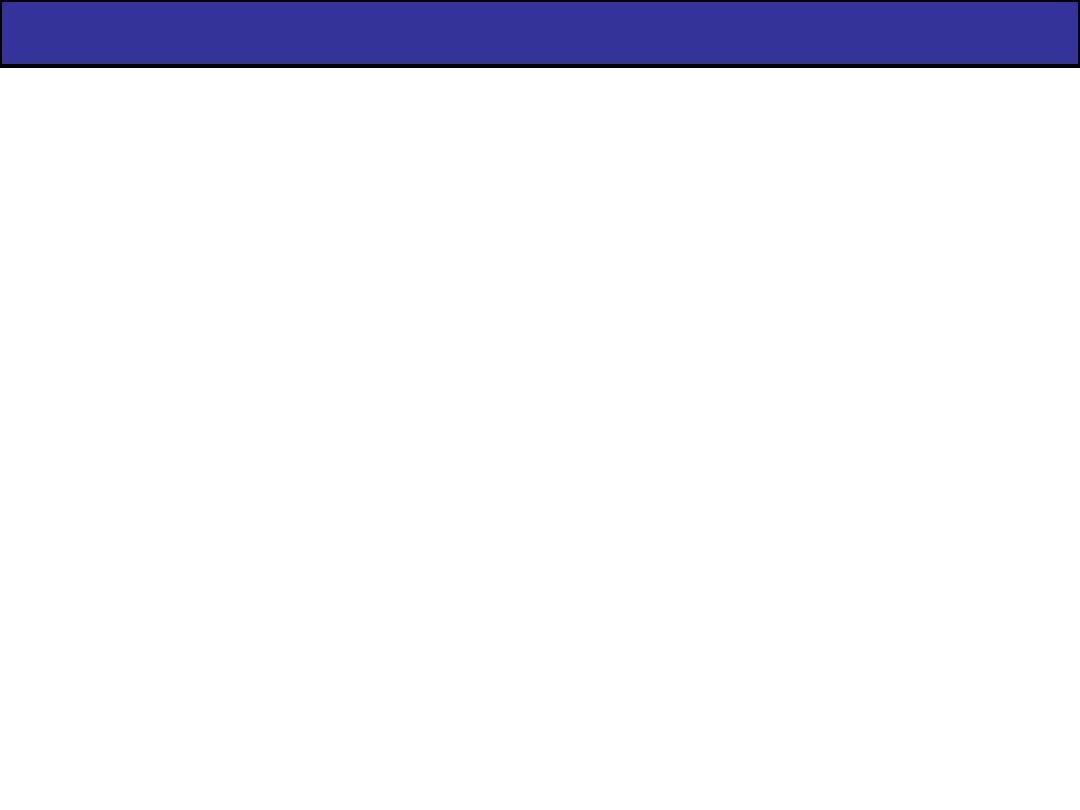
The Structure of Prokaryotic Genomes
Contained in two structures
Chromosomes
Plasmids

Prokaryotic Chromosomes
Main portion of DNA, along with associated proteins
and RNA, are packaged in 1-2 distinct chromosomes
Prokaryotic cells have a single copy of each
chromosome (haploid)
Typical chromosome – circular molecule of DNA in
nucleoid

Plasmids
Small molecules of DNA that replicate independently
Carry information required for their own replication,
and often for one or more cellular traits
Not essential for normal bacterial metabolism, growth,
or reproduction
Can confer survival advantages

Plasmids
Many types of plasmids
Fertility factors
Resistance factors
Bacteriocin factors
Virulence plasmids
Cryptic plasmids

Gene Function
Genotype – set of genes in the genome
Phenotype – physical features and functional traits of
organism

Prokaryotic mRNA

Genetic Code
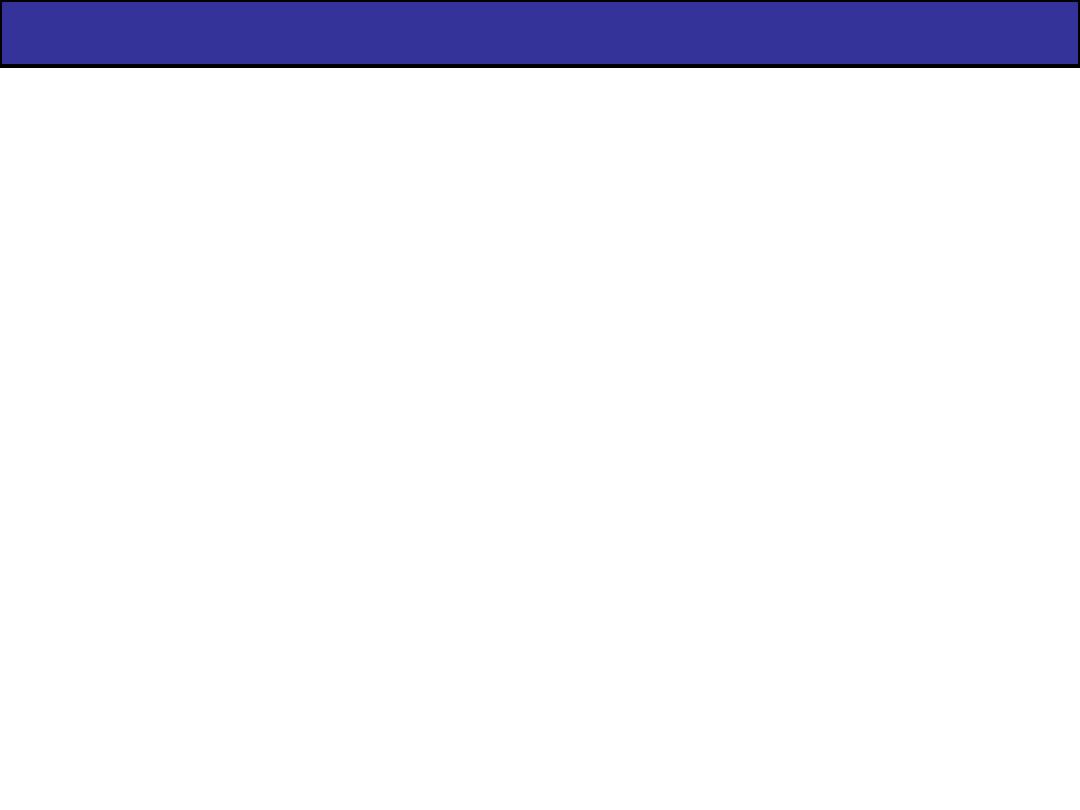
Mutations of Genes
Types
Point mutations (most common) – one base pair is
affected
Insertions, deletions, and substitutions
Frameshift mutations – nucleotide triplets after the
mutation displaced
Insertions and deletions

Effects of Mutation

Effects of Mutation
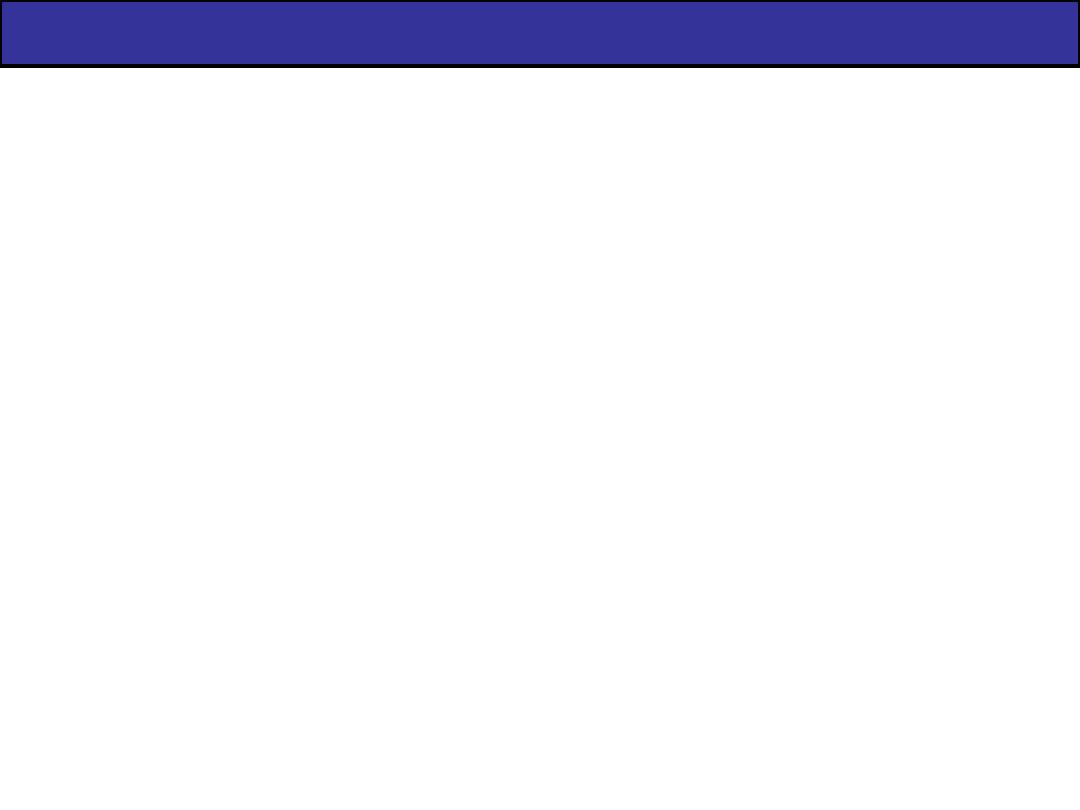
Mutagens
Radiation
Ionizing radiation – induces breaks in chromosomes
Nonionizing radiation – induces pyrimidine dimers
Chemical mutagens
Nucleotide analogs – disrupt DNA and RNA
replication and cause point mutations
Nucleotide-altering chemicals – result in base-pair
substitution mutations and missense mutations
Frameshift mutagens – result in nonsense mutations

DNA Repair
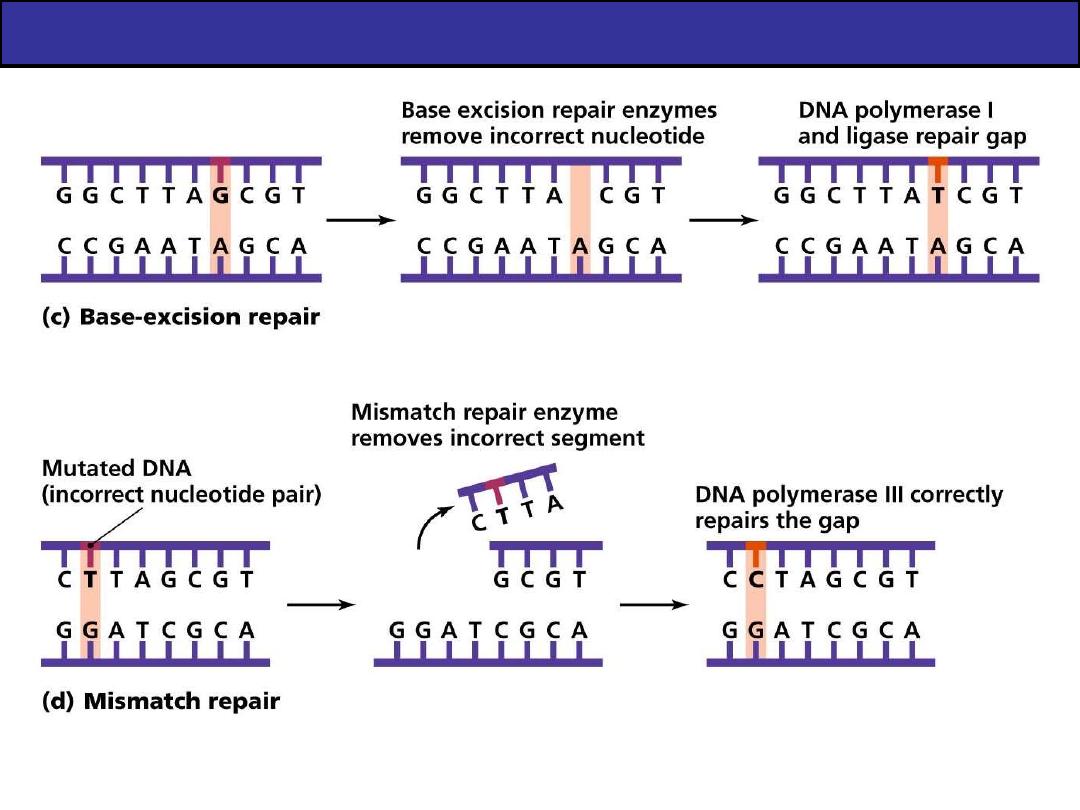
DNA Repair

Genetic Recombination and Transfer
Horizontal gene transfer – donor contributes part of
genome to recipient; three types
Transformation
Transduction
Bacterial Conjugation
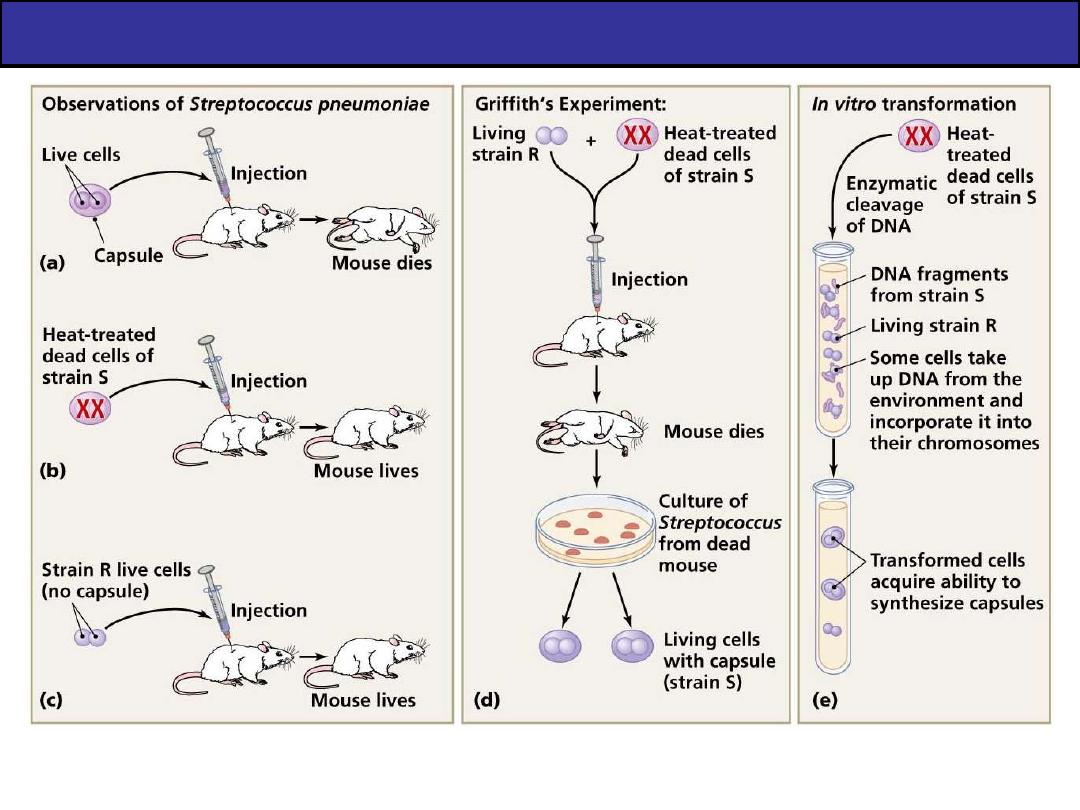
Griffith’s Experiments

Transformation
Transforming agent was DNA; one of conclusive
pieces of proof that DNA is genetic material
Cells that take up DNA are competent; results from
alterations in cell wall and cytoplasmic membrane that
allow DNA to enter cell
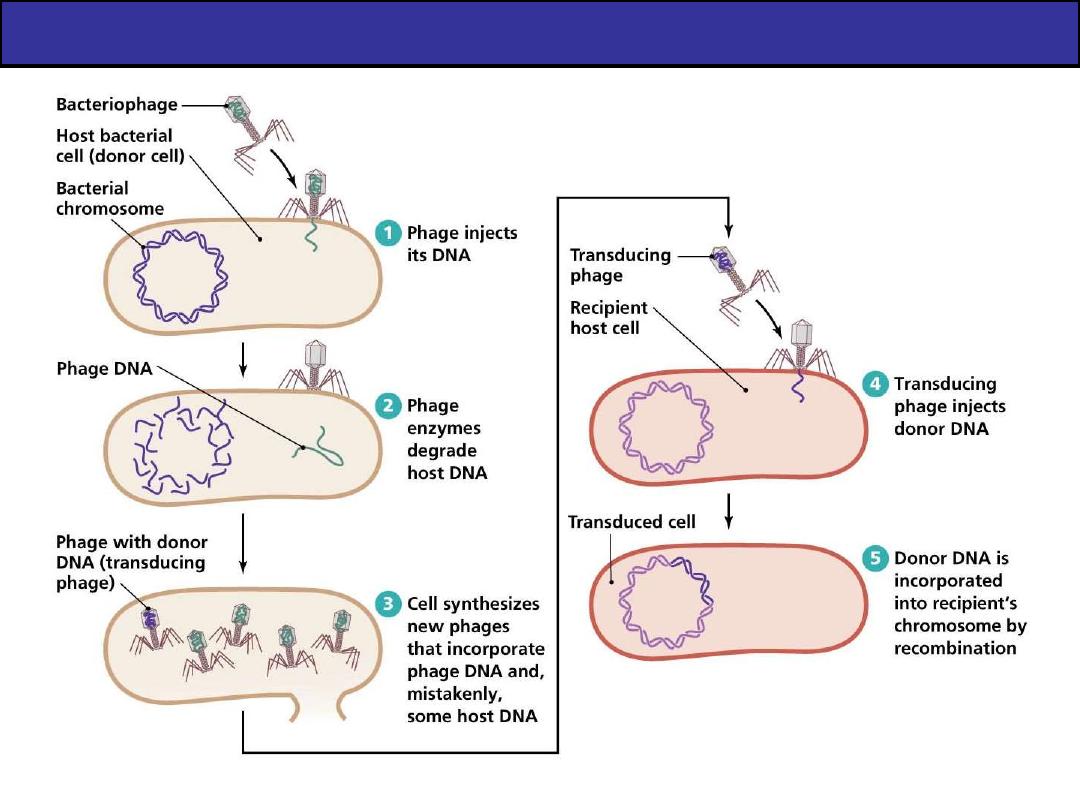
Transduction

Bacterial Conjugation

Bacterial Conjugation

Bacterial Conjugation
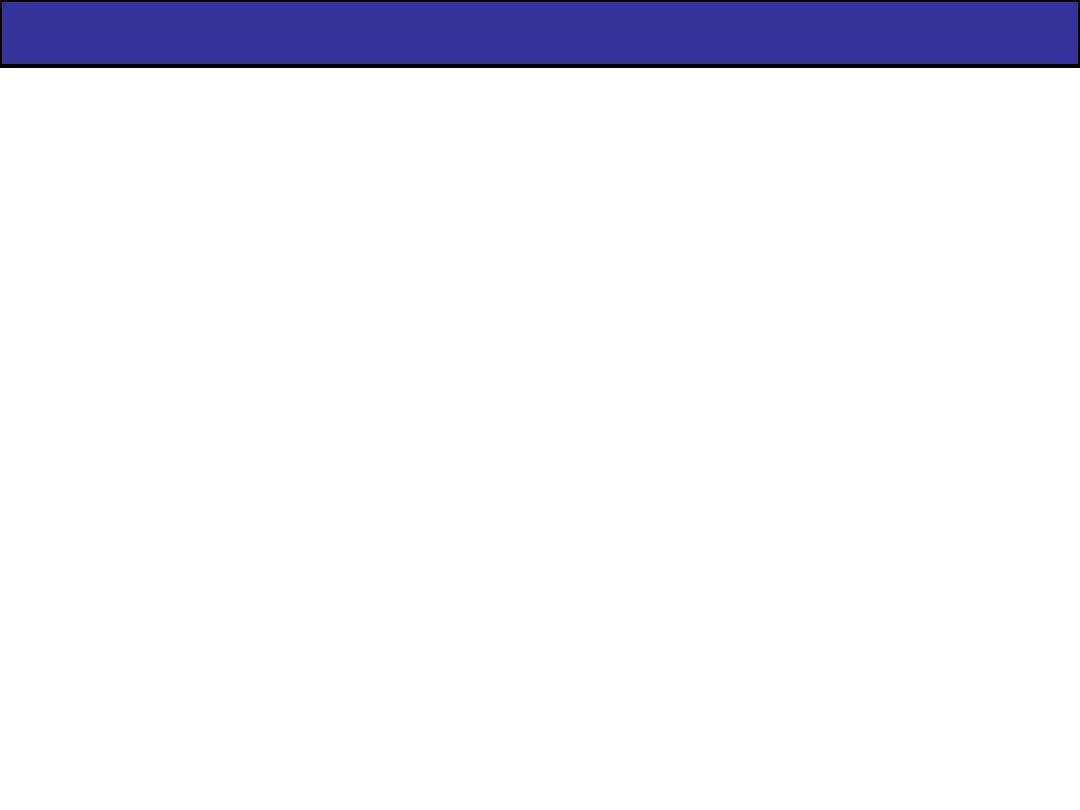
Transposons and Transposition
Transposons – segments of DNA that move from one
location to another in the same or different molecule
Result is a kind of frameshift insertion (transpositions)
Transposons all contain palindromic sequences at each
end

Transposons and Transposition
Simplest transposons are insertion sequences which
have no more than two inverted repeats and gene for
transposase
Complex transposons contain one or more genes not
connected with transposition (e.g. antibiotic
resistance)

Summary:
The bacterial genome has single chromosome and plasmid.
Most bacteria carried the genes that responsible for virulence and
resistance of antibiotics on the plasmid.
The process of transfer of resistance and virulence between bacterial
cells are transformation, transduction and conjugation.
